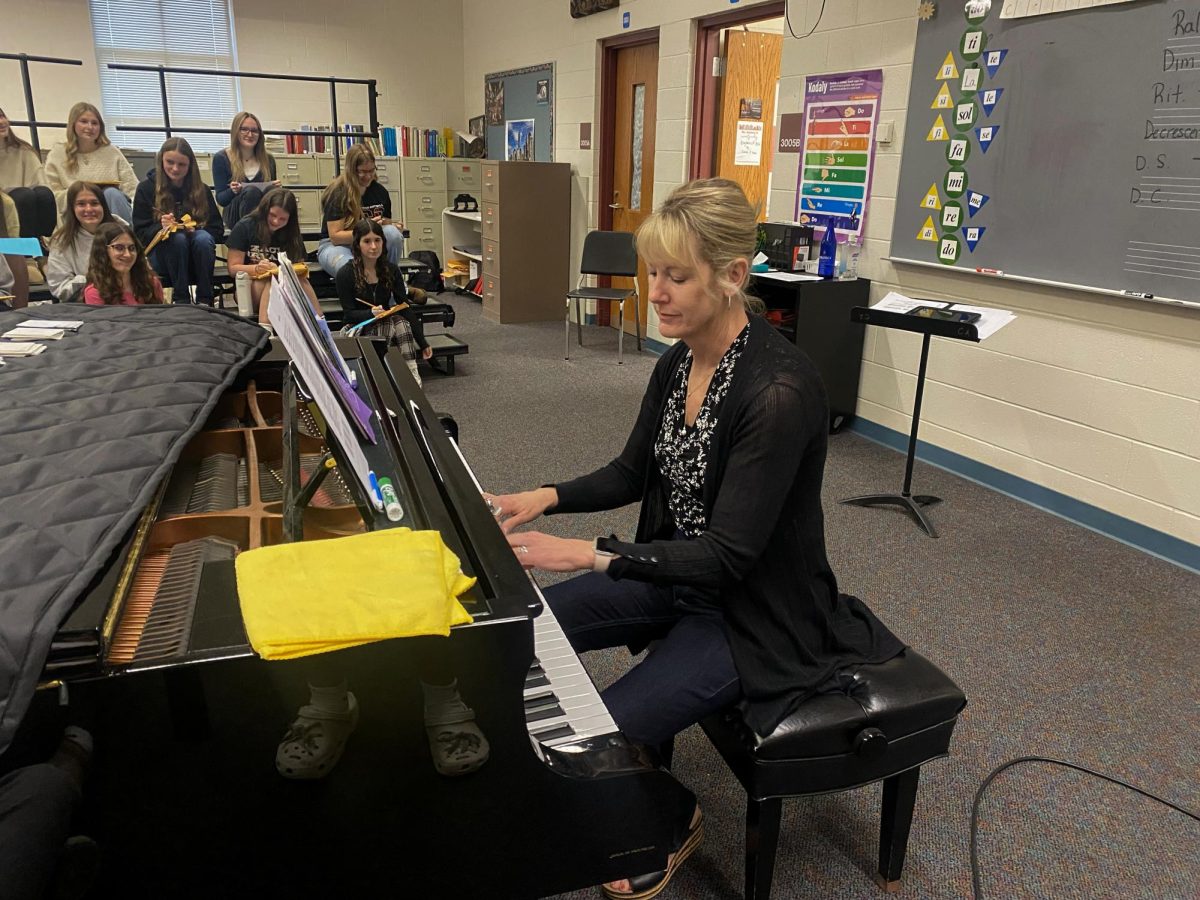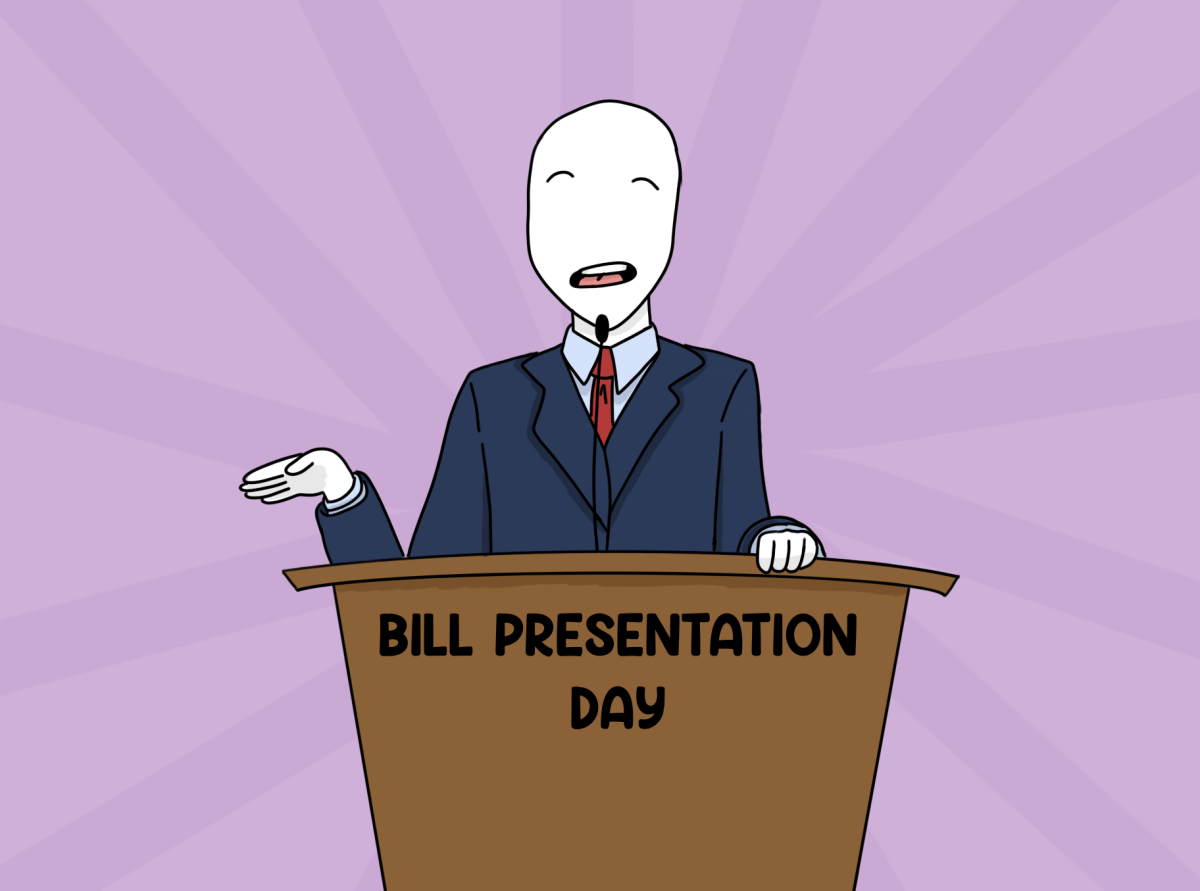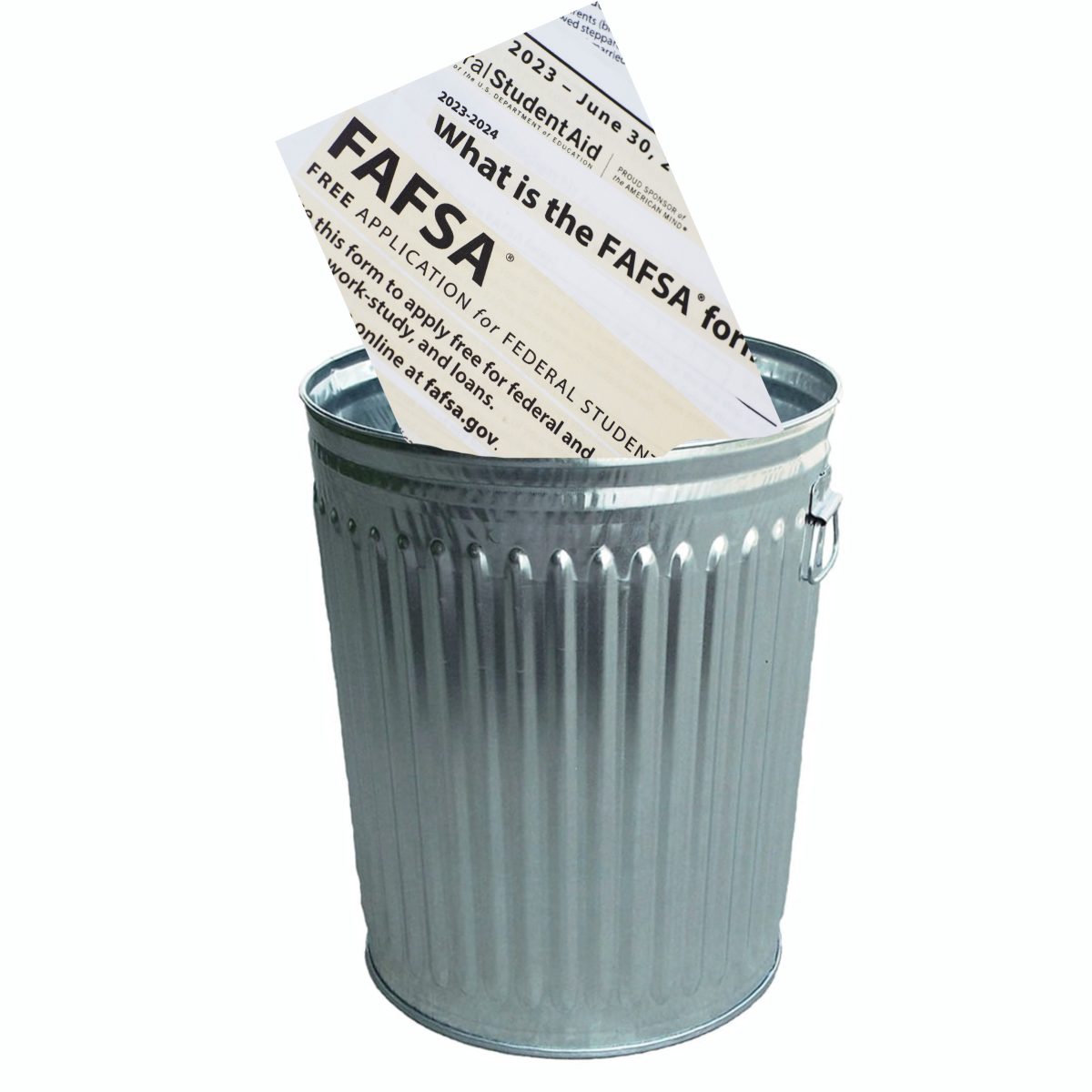For seniors planning on attending college, this was a tumultuous past year filled with campus visits, essay writing and stressing over GPAs.
Finally, the 2024 college application cycle is winding down, with high school seniors finally able to check a huge box off their post-graduation to-do lists.
However, another equally important step may rear its head in the coming months: financial aid and scholarship season.
For those who need to pay for college, which is not a very exclusive group, scholarships and financial aid can be the difference between an incoming freshman securing a spot at their dream private university, or ultimately settling for their local state school with a less-than-average price tag.
The Free Application for Federal Student Aid (FAFSA) is a large aspect of this process, where students can receive federal Pell Grants, qualify for federal student loans or receive other government aid. Colleges also use information provided by the FAFSA to determine eligibility for scholarships and to build school-specific financial aid packages.
That made it all the more frustrating when students logged into the Federal Student Aid website on its December 31 launch date, more than two months past its usual scheduled debut, and were greeted by spinning wheels of death, error messages and unscheduled maintenance notices.
In past years, these issues were few and far between, hardly causing anywhere near today’s amount of viral panic as deadlines to submit financial aid applications inch closer.
The FAFSA is all too important to have unusable “soft launch” periods, yet outages plagued the online form for days on end, and the after effects of this fumble quickly became apparent to students and universities alike.
What is the FAFSA?
Financial aid as we know it is older than the oldest American institutions; community organizations like churches or philanthropic sponsors would chip in to pay for the poorest to earn college degrees and lift themselves out of poverty, sometimes on the promise that the new graduates would return to the community and find work there.
How educated a community was often depended on the value of their combined wealth and whether that wealth could cover the cost of a couple of college degrees.
In 1934, Harvard University became the first institution to offer interest-free, need-based loans to students who would otherwise not be able to attend college. Both public and private institutions followed suit, creating programs which would financially support those in need of aid to afford tuition.
A decade after this measure, the Servicemen’s Readjustment Act of 1944, commonly known as the G.I. Bill, went into effect and granted military service members free access to a range of higher education institutions. In turn, millions of veterans took advantage of the bill and the percentage of Americans with college degrees rose from roughly five percent to 25 percent half a century later.
Later came the Higher Education Act of 1965, which expanded the use of federal resources to fund Americans’ access to higher education by creating the FAFSA, as President Lyndon Johnson sought to make the U.S. government the primary provider of financial aid to students.
Yet as the number of programs to financially support college students increased, the complexity of the financial aid system also grew.
What was once a relatively simple affair became hours of students and their families translating legalese and attempting to understand a messy patchwork of both state-specific and federal measures.
This complex process acted as a barrier for the same lower-income families that these provisions aimed to help. Time and energy are vital resources that often inhibit the ability of lower-paid parents and students to complete college aid paperwork.
In 2023, the FAFSA Simplification Act sought to overhaul a vital aspect of this system. With this new FAFSA, tax information will be transferred directly to each family’s form from IRS databases, and the form’s number of questions went from 108 to a more manageable 46, shaving off valuable time.
The updated FAFSA also increased the number of Pell Grant eligible students, expanding access to need-based scholarships to thousands.
Despite these changes, the rocky implementation of the new FAFSA served only to further frustrate and unease those already inundated with responsibilities.
What went wrong?
For the 2023-2024 application season, it’s no secret that the new FAFSA’s rollout heightened the nerves of already anxious students and their families.
Although, that wasn’t the only issue posed by this tumultuous “soft launch” period.
The FAFSA is a high school graduation requirement in 12 states, with many more colleges and universities mandating its completion for admission.
Deadlines to submit the FAFSA depended heavily on each school, but they often coincided with January regular decision application due dates. As the FAFSA has historically opened by October 1st, this gave students ample time to prepare documents, get help from counselors or familiarize themselves with the form’s questions.
But for 2023-2024, the new FAFSA’s lackluster opening came more than two months later. Since application cycles remained the same, applicants had significantly less time to fill out the FAFSA than usual.
Some universities’ deadlines sat just two weeks after the form’s “soft launch” date, with frequent outages often spanning crucial weekends.
Undocumented families are also unable to fill out the new FAFSA due to one of many technical glitches. Parents who do not yet have a social security number are getting locked out of the Federal Student Aid (FSA) website.
FSA technicians have said that the issue is ongoing, and if a solution is not found soon, then students with undocumented parents may have no way to pay for college.
With these delays, students will now not receive financial aid packages until mid-April, or not at all, postponing crucial college decisions and restricting many students’ college options to those with generous merit scholarships or state schools.
For the first time since 1934, students have no idea whether or not they will foot the bill for exponentially rising tuition. Financial aid can mean the difference between becoming tens of thousands of dollars in debt or receiving hefty need-based scholarships.
With the cost of living also on the rise, college expenses have become an unavoidable and hefty burden weighing on the backs of working families.
For comparison, the average annual cost of living in 1970 was around $25,000, adjusted for inflation, with tuition at around $12,000. Today, the average annual cost of living is $38,000, with tuition at $41,000.
Without vital financial aid, the large number of students who rely on the FAFSA may not have the option to attend college.
Students aren’t the only affected party though; institutions will also continue to grapple with the new FAFSA. Schools are now not able to budget for their incoming classes of 2028, which for smaller universities is a detriment.
With already dwindling incoming class sizes, many lesser known colleges have been forced to close due to financial concern.
The FAFSA’s postponement of aid package distribution will not encourage students to choose these less affordable, yet financially generous, schools.
The inability for institutions to budget for their upcoming first-year classes will cause their day-to-day operations to come to a standstill.
The updated FAFSA will stall the 2023-2024 college admissions cycle indefinitely, creating headaches at best and displacing thousands at worst.
The new form may have been created with good intentions, following a historic legacy of generosity while aiming to address systemic inequities, but its execution has been an irreparable disaster that will continue to harm those most in need.


































